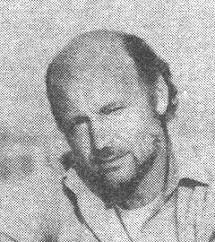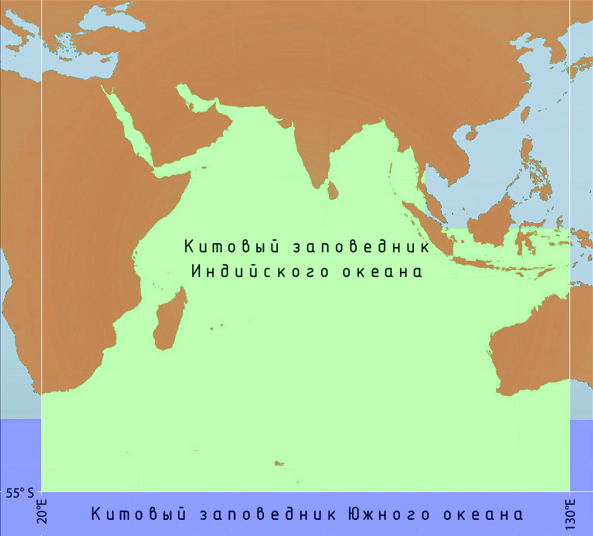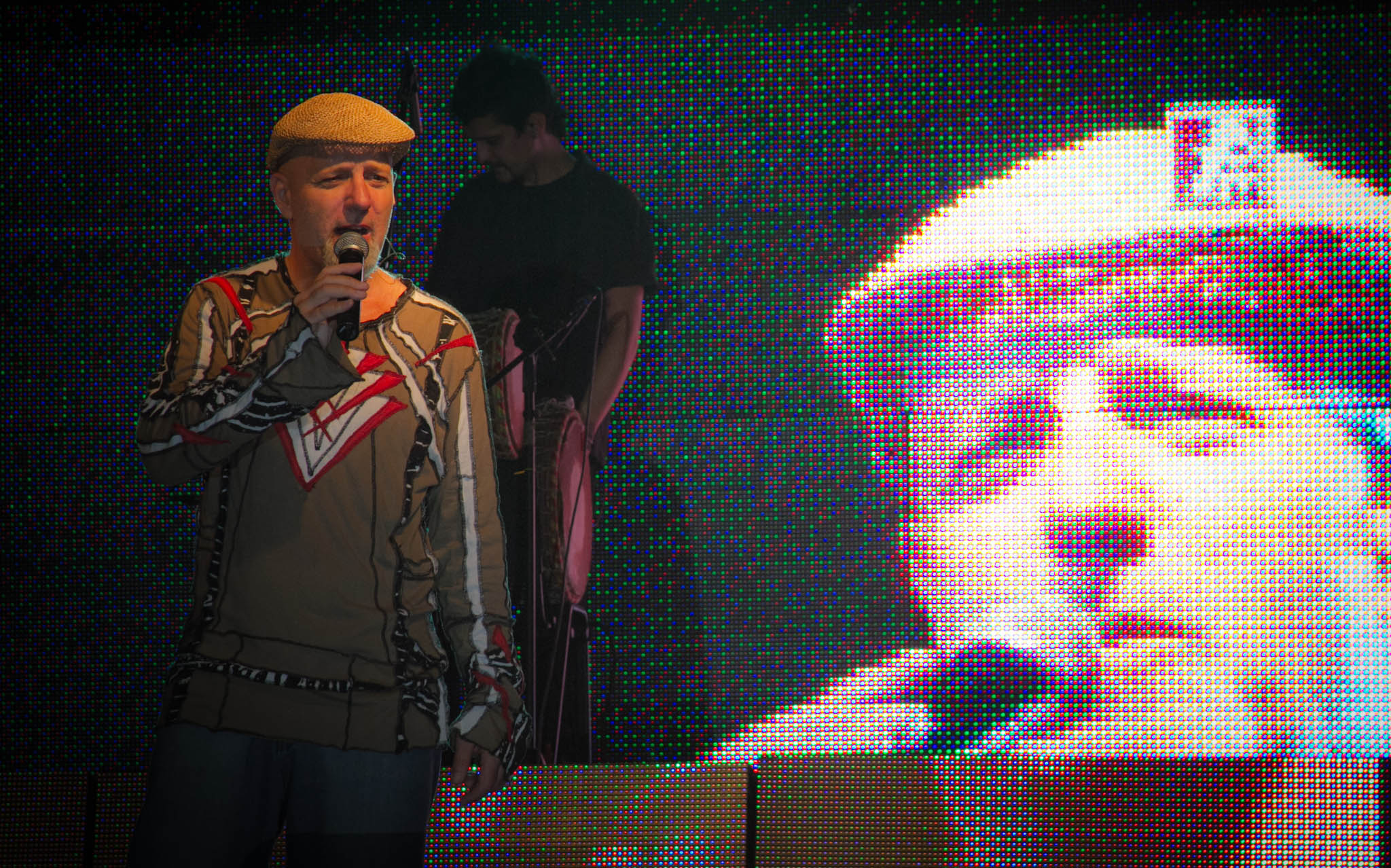|
Uruguayan Whale And Dolphin Sanctuary
The Uruguayan Whale and Dolphin Sanctuary, established in 2013, aims to protect dolphins and whales from hunting, pursuit, aggression or intentional dibsturbance in waters within the Uruguayan government's jurisdiction. The sanctuary encompasses the entire Uruguayan Territorial Waters and Exclusive Economic Zone (EEZ), extending as far as 200 nautical miles (370 km) from the coast and covering a total of 125,436 km2. The following activities are prohibited in the territorial sea and the exclusive economic zone, whether carried out by vessels flying a national or foreign flag: * The pursuit, hunting, fishing, appropriation, or processing of any species of whales and dolphins. * The transport and landing of live whales and dolphins, except in cases of scientific or sanitary interest, as declared by the competent national authorities. * The retention, aggression, or intentional disturbance that leads to the death of any species of whales and dolphins. History In 2002, the Maldona ... [...More Info...] [...Related Items...] OR: [Wikipedia] [Google] [Baidu] |
Eduardo Galeano
Eduardo Germán María Hughes Galeano (; 3 September 1940 – 13 April 2015) was a Uruguayan journalist, writer and novelist considered, among other things, "a literary giant of the Latin American left" and "global soccer's pre-eminent man of letters". Galeano's best-known works are ''Las venas abiertas de América Latina'' (''Open Veins of Latin America'', 1971) and ''Memoria del fuego'' (''Memory of Fire'', 19826). "I'm a writer," the author once said of himself, "obsessed with remembering, with remembering the past of America and above all that of Latin America, intimate land condemned to amnesia." Author Isabel Allende, who said her copy of Galeano's book was one of the few items with which she fled Chile in 1973 after the military coup of Augusto Pinochet, called ''Open Veins of Latin America'' "a mixture of meticulous detail, political conviction, poetic flair, and good storytelling." Life Galeano was born in Montevideo, Uruguay, on 3 September 1940. He was the son of Edu ... [...More Info...] [...Related Items...] OR: [Wikipedia] [Google] [Baidu] |
Whale Sanctuaries
Whales are a widely distributed and diverse group of fully Aquatic animal, aquatic placental mammal, placental marine mammals. As an informal and Colloquialism, colloquial grouping, they correspond to large members of the infraorder Cetacea, i.e. all cetaceans apart from dolphins and porpoises. Dolphins and porpoises may be considered whales from a formal, Cladistics, cladistic perspective. Whales, dolphins and porpoises belong to the order Cetartiodactyla, which consists of even-toed ungulates. Their closest non-cetacean living relatives are the hippopotamuses, from which they and other cetaceans diverged about 54 million years ago. The two parvorders of whales, baleen whales (Mysticeti) and toothed whales (Odontoceti), are thought to have had their Most recent common ancestor, last common ancestor around 34 million years ago. Mysticetes include four Neontology, extant (living) Family (biology), families: Balaenopteridae (the rorquals), Balaenidae (right whales), Cetotheriid ... [...More Info...] [...Related Items...] OR: [Wikipedia] [Google] [Baidu] |
Southern Ocean Whale Sanctuary
The Southern Ocean Whale Sanctuary is an area of 50 million square kilometres surrounding the continent of Antarctica where the International Whaling Commission (IWC) has banned all types of commercial whaling. To date, the IWC has designated two such sanctuaries, the other being the Indian Ocean Whale Sanctuary. Area The northern boundary of the sanctuary follows the 40°S parallel of latitude except in the Indian Ocean sector where it joins the southern boundary of the Indian Ocean Whale Sanctuary at 55°S, and around South America and into the South Pacific where the boundary is at 60°S. History The Southern Ocean Whale Sanctuary was established by the IWC in 1994 with 23 countries supporting the agreement and Japan opposing it. The status of the Southern Ocean Sanctuary is reviewed and open to change by the IWC every 10 years. During the 2004 meeting a proposal was made by Japan to remove the sanctuary, but it failed to reach the 75% majority required (it received 25 votes ... [...More Info...] [...Related Items...] OR: [Wikipedia] [Google] [Baidu] |
Indian Ocean Whale Sanctuary
The Indian Ocean Whale Sanctuary is an area in the Indian Ocean where the International Whaling Commission (IWC) has banned all types of commercial whaling. The IWC has at present designated two such sanctuaries, the other being the Southern Ocean Whale Sanctuary. Repeated proposals at the IWC for a South Atlantic Sanctuary and a South Pacific Sanctuary have never reached the 75% majority needed to pass. History The Indian Ocean Sanctuary was established by the IWC in 1979 after being proposed by the tiny island nation of the Seychelles, in its first meeting as an IWC member, partly in order to protect whales in their breeding grounds. The status of the Whale Sanctuaries is reviewed by the IWC every 10 years, and the Indian Ocean Sanctuary has so far been reviewed (and extended) three times, in 1989, 1992 and 2002. [...More Info...] [...Related Items...] OR: [Wikipedia] [Google] [Baidu] |
Australian Whale Sanctuary
The Australian Whale Sanctuary, established in 1999, aims to protect dolphins and whales from hunting in waters within the Australian government's jurisdiction. The sanctuary encompasses the entire Australian Exclusive Economic Zone (EEZ), extending surrounding the continent of Australia and its external dependencies such as Christmas Island (in the Indian Ocean), Cocos (Keeling) Island, Norfolk Island, Macquarie Island and Heard Island and McDonald Islands. Additionally, it includes the EEZ adjacent to the coastline of the Australian Antarctic Territory, recognised only by the United Kingdom, New Zealand, France and Norway. The sanctuary is the scene of an ongoing controversy between Australia and Japan over whaling. In 2008 the Federal Court of Australia The Federal Court of Australia is an Australian superior court which has jurisdiction to deal with most civil disputes governed by federal law (with the exception of family law matters), along with some summary (less ... [...More Info...] [...Related Items...] OR: [Wikipedia] [Google] [Baidu] |
Gustavo Cordera
Gustavo Edgardo Cordera (born September 15, 1961 in Avellaneda, Buenos Aires) is an Argentine rock musician, best known as the ex frontman of the band Bersuit Vergarabat. Biography Cordera's musical career began in 1988, when he was studying communications at the Universidad Nacional de Lomas de Zamora and running his own auto dealership, Cordera Bros. In the spring of that year, he visited Rio de Janeiro during Carnaval and was inspired to become a musician. Returning to Avellaneda, he sold his dealership, abandoned his studies, and shaved his head, an act which earned him the sobriquet Pelado (in English "Bald"). At ''la Casa de las Artes de la Vieja Avellaneda'', a meeting place for musicians and artists, Cordera met keyboardist Juan Subirá and bassist Pepe Céspedes, and together they produced the songs "Masturbación en masa" ("Masturbation en masse") and "Hociquito de Ratón" ("Little Rat-Snout"). A year later, along with drummer Carlos Enrique Martín and guitarist ... [...More Info...] [...Related Items...] OR: [Wikipedia] [Google] [Baidu] |
Mariana Ingold
Mariana Ingold (born 1958) is a composer, instrumentalist, singer and teacher belonging to the movement of Uruguayan music, Mariana has been active as an artist since 1977 in Uruguay and internationally. Mariana has recorded dozens of records of songs, music for children and instrumental music. She has composed music for theater presentations as well as for many educational videos of Uruguay, Brazil, the United States and Spain, receiving various prizes in recognition of her work. Well known in her country for her involvement with environmental organizations, Mariana has the honor to be the godmother of OCC (Organization of Conservation of the cetacea(whales and dolphins) of the South Atlantic and the Río de la Plata, River de la Plata). She has made a recording of her children songs ("El Planeta Sonoro"), for the benefit of Aldeas Infantiles SOS, the international orphans' organization. Mariana is also the creator of healing spaces through individual and group singing ("S ... [...More Info...] [...Related Items...] OR: [Wikipedia] [Google] [Baidu] |
Agó Páez Vilaró
Agó Páez (born 10 December 1954) is a Uruguayan plastic artist. Her work focuses on mandalas and the philosophy that supports them. Artistic training In 1976, Páez received her first drawing orientation from maestro Vicente Martín. The following year she studied painting in Buenos Aires, in the workshop of . In 1989 she began her studies in the workshop of Clever Lara, and in 1992 she began to study drawing with Professor and Martín Rodríguez. She took a color course in the workshop of Guillermo Bush in 1994, studied fine arts in Argentina, Brazil, and Uruguay, ceramics with Jaime Nowinsky in 1986, wood carving with Javier Nievas, and theater at the Theater Studies Center (CET) in 1991 where she decorated stages. Family The last name Páez Vilaró is recognized worldwide for the work of her father Carlos Páez Vilaró, Carlos, and because her brother Carlos is a survivor of the 1972 Uruguayan Air Force Flight 571, Andes flight disaster. She is the granddaughter of an Argent ... [...More Info...] [...Related Items...] OR: [Wikipedia] [Google] [Baidu] |
Carlos Páez Vilaró
Carlos Páez Vilaró (1 November 1923 – 24 February 2014) was a Uruguayan abstract artist, painter, potter, sculptor, muralist, writer, composer and constructor. He took an active role in the search for survivors of the 1972 crash of Uruguayan Air Force Flight 571 in the Andes, as his son Carlos Páez Rodríguez was a passenger. Life and work Carlos Páez Vilaró was born in Montevideo, Uruguay, in 1923. He took up drawing in 1939 and relocated to Buenos Aires, where he worked as a printing apprentice in the industrial Barracas, Buenos Aires, Barracas section of the Argentine capital. Returning to Montevideo in the late 1940s, he developed an interest in Afro-Uruguayan culture. Settling in Montevideo's primarily black tenement of "Mediomundo" ("Half-World"), he studied the Candombe, Candombé and Comparsa dances characteristic to the culture. He composed numerous musical pieces in the two genres and conducted an orchestra. His group's congas and Bongo drum, bongos were decorat ... [...More Info...] [...Related Items...] OR: [Wikipedia] [Google] [Baidu] |
General Assembly Of Uruguay
The General Assembly of Uruguay () is the bicameral legislature of the government of Uruguay, and consists of two chambers: the Chamber of Senators and the Chamber of Representatives. General Assembly has 130 voting members: 99 representatives and 30 senators, the Vice President of the Republic, who serves as President of the General Assembly, and the Senate has the right to vote. The legislature meets in the Legislative Palace in Montevideo. Both senators and representatives are chosen through proportional representation for five-year terms. The General Assembly holds its sessions in the Chamber of Representatives of the Legislative Palace. During the 19th century, the legislature met in the Montevideo Cabildo. History In 1828, on the initiative of Juan Antonio Lavalleja, delegates were elected to what was to be the Parliament of the Eastern Province of Río de la Plata. As a consequence of the Treaty of Montevideo, such institution became the General Constituent and L ... [...More Info...] [...Related Items...] OR: [Wikipedia] [Google] [Baidu] |
Cetacean
Cetacea (; , ) is an infraorder of aquatic mammals belonging to the order Artiodactyla that includes whales, dolphins and porpoises. Key characteristics are their fully aquatic lifestyle, streamlined body shape, often large size and exclusively carnivorous diet. They propel themselves through the water with powerful up-and-down movements of their tail, which ends in a paddle-like fluke, using their flipper-shaped forelimbs to steer. While the majority of cetaceans live in marine environments, a small number reside solely in brackish water, brackish or fresh water. Having a cosmopolitan distribution, they can be found in some rivers and all of Earth's oceans, and many species migrate throughout vast ranges with the changing of the seasons. Cetaceans are famous for cetacean intelligence, their high intelligence, complex social behaviour, and the enormous size of some of the group's members. For example, the blue whale reaches a maximum confirmed length of and a weight of 173 tonne ... [...More Info...] [...Related Items...] OR: [Wikipedia] [Google] [Baidu] |






